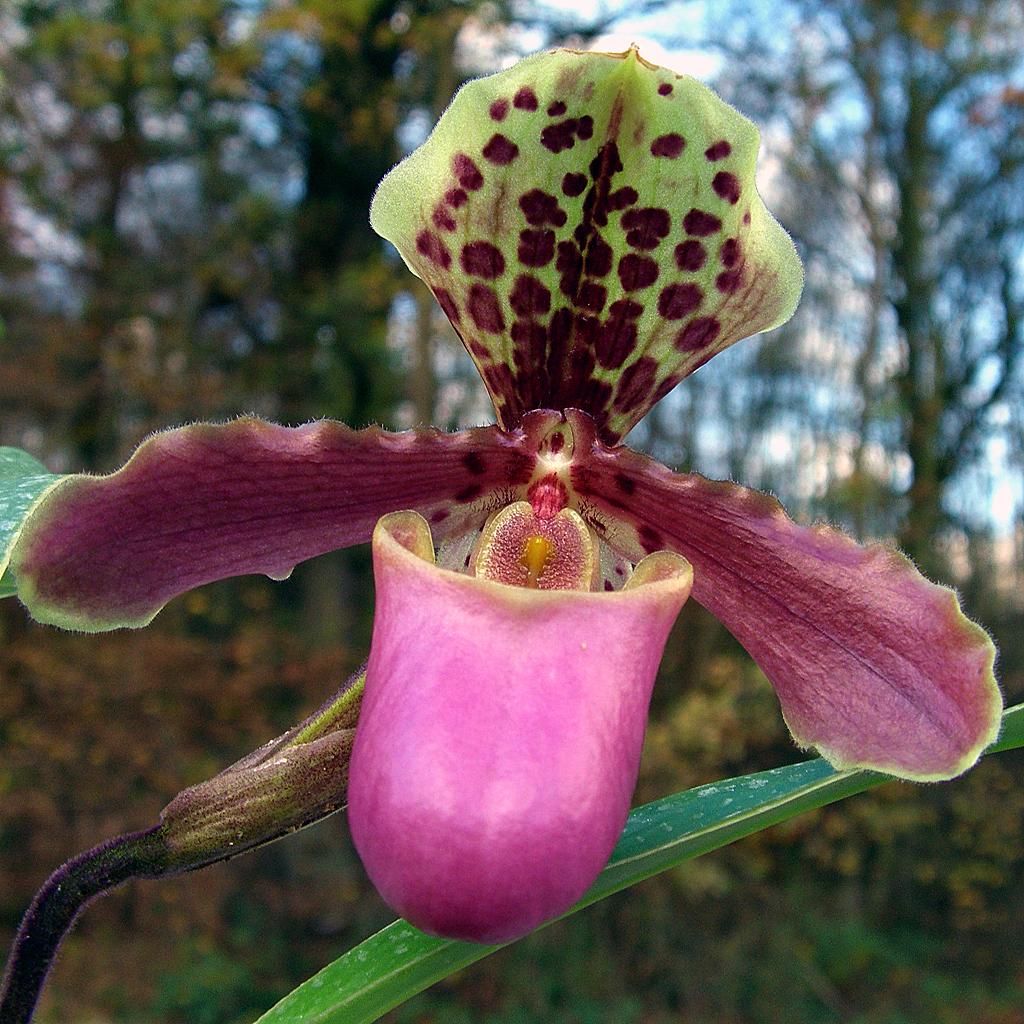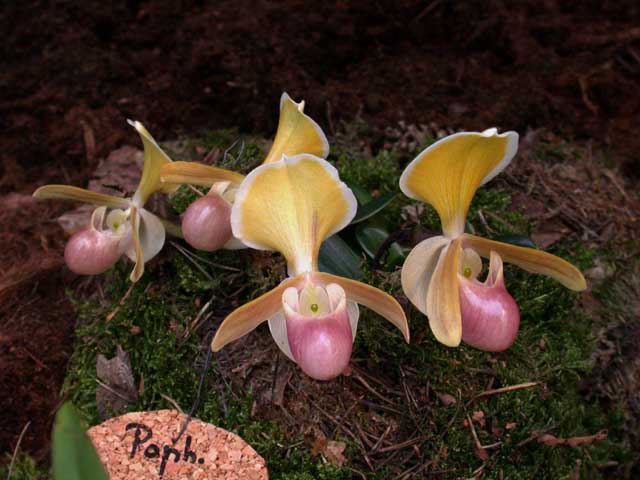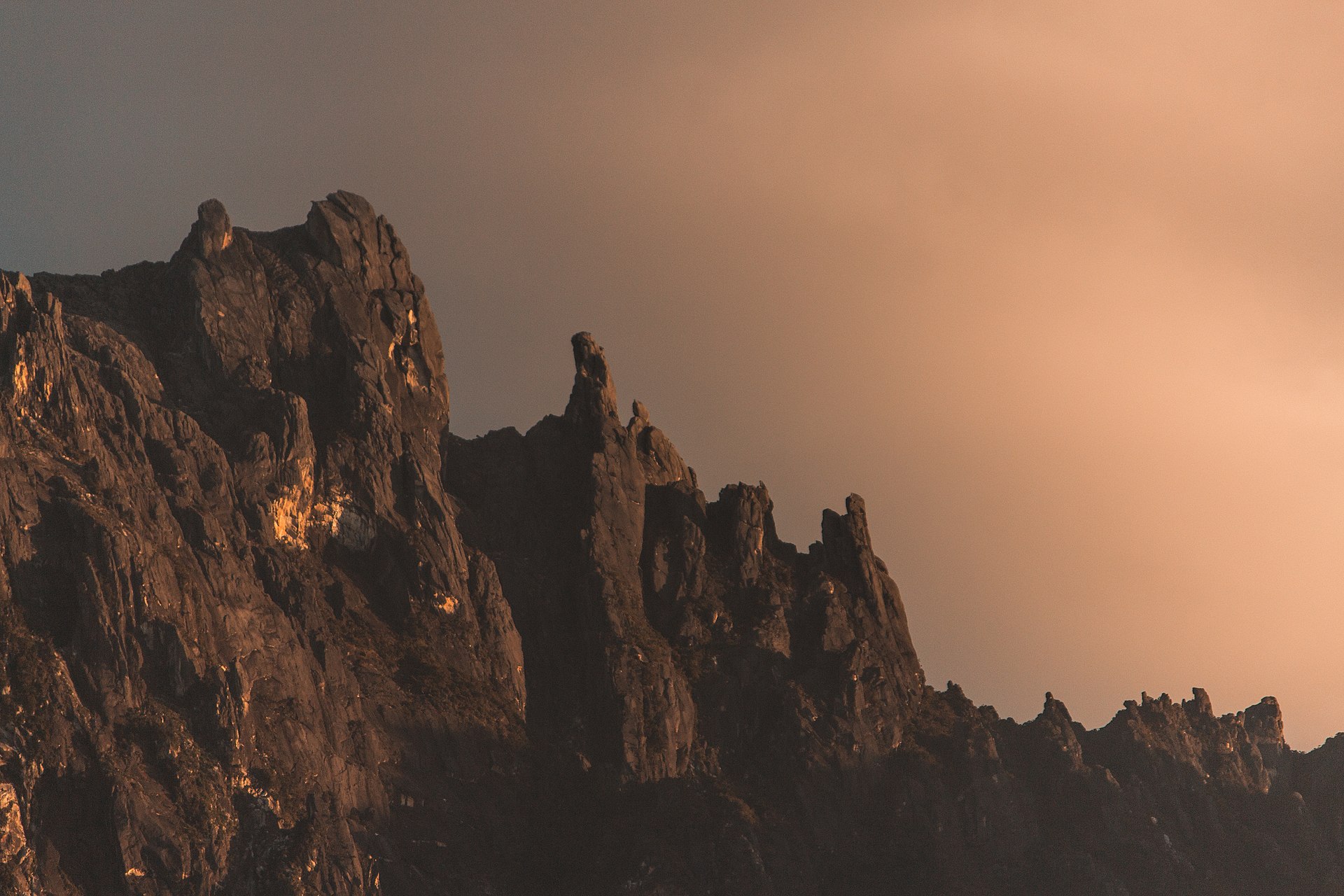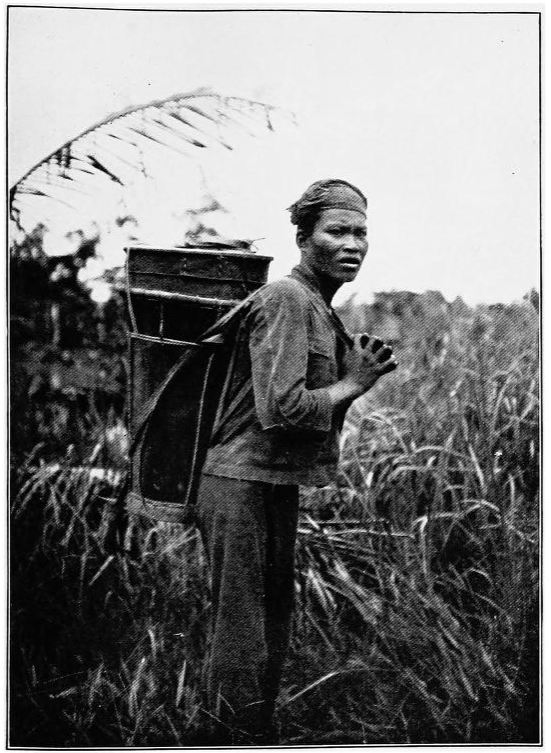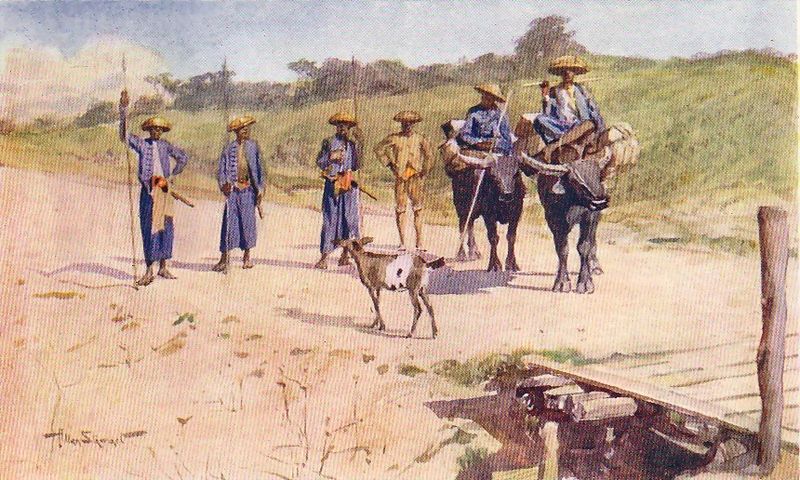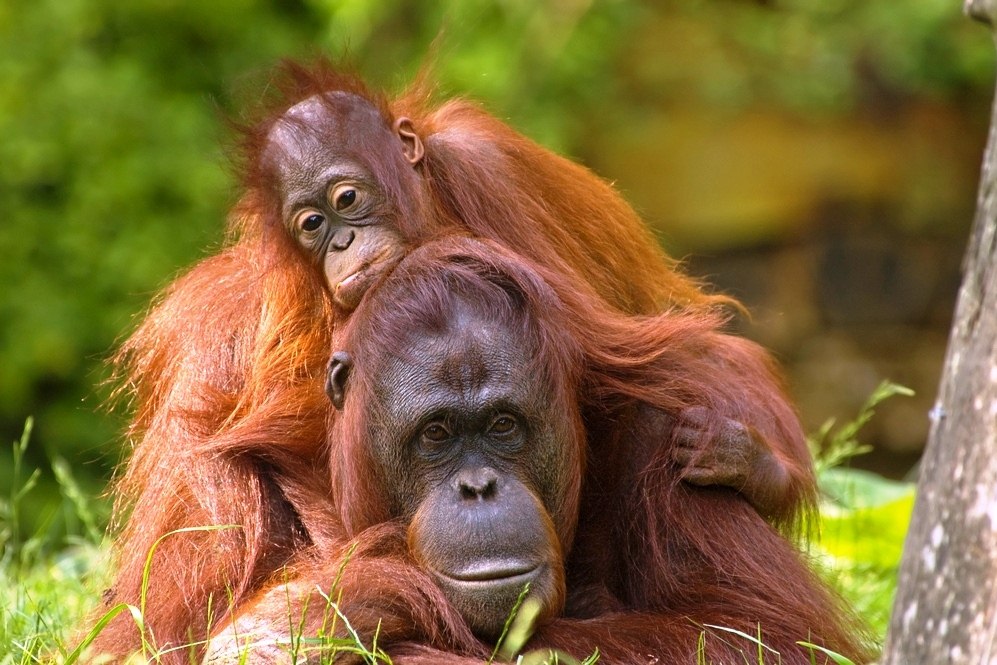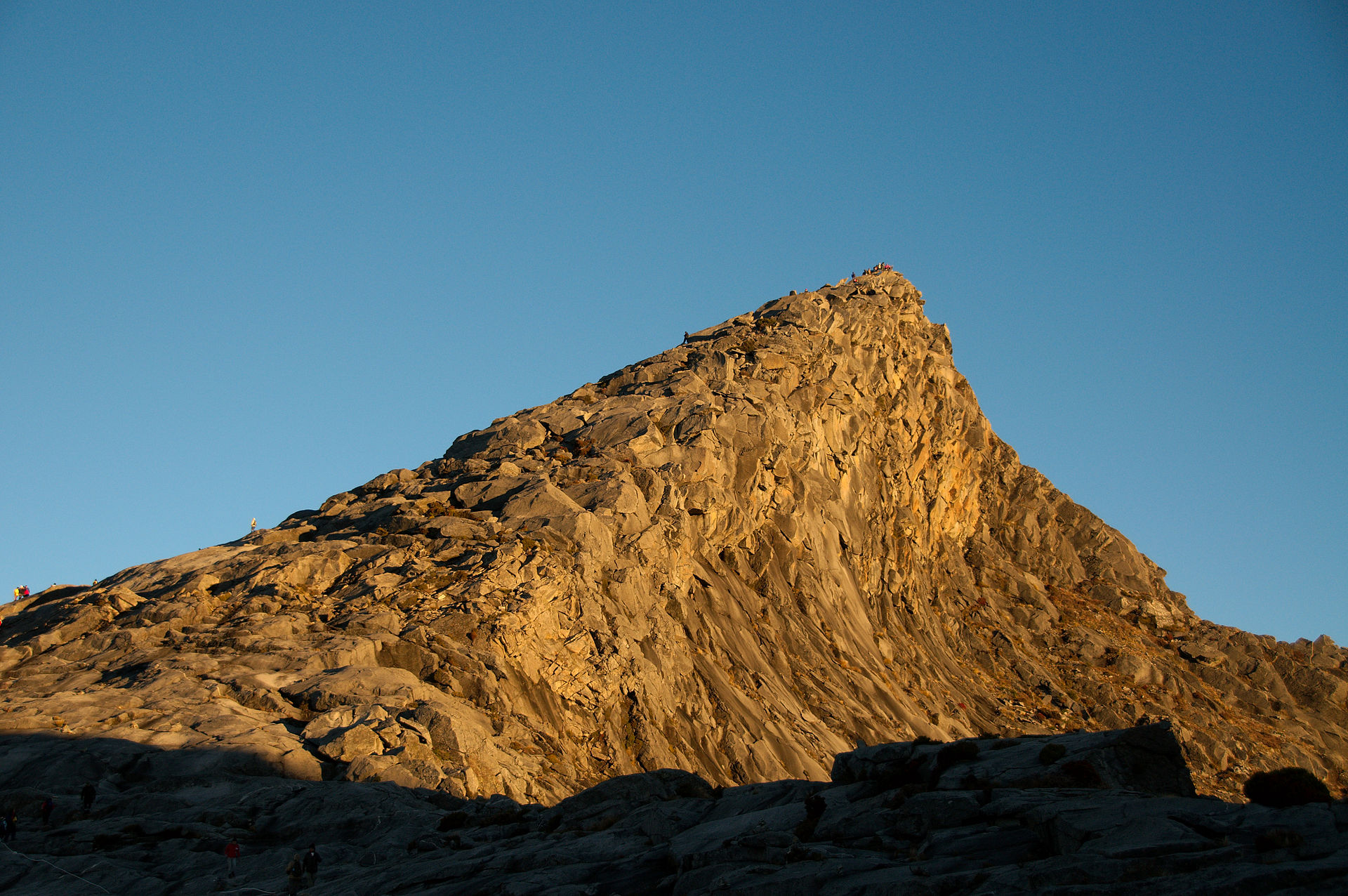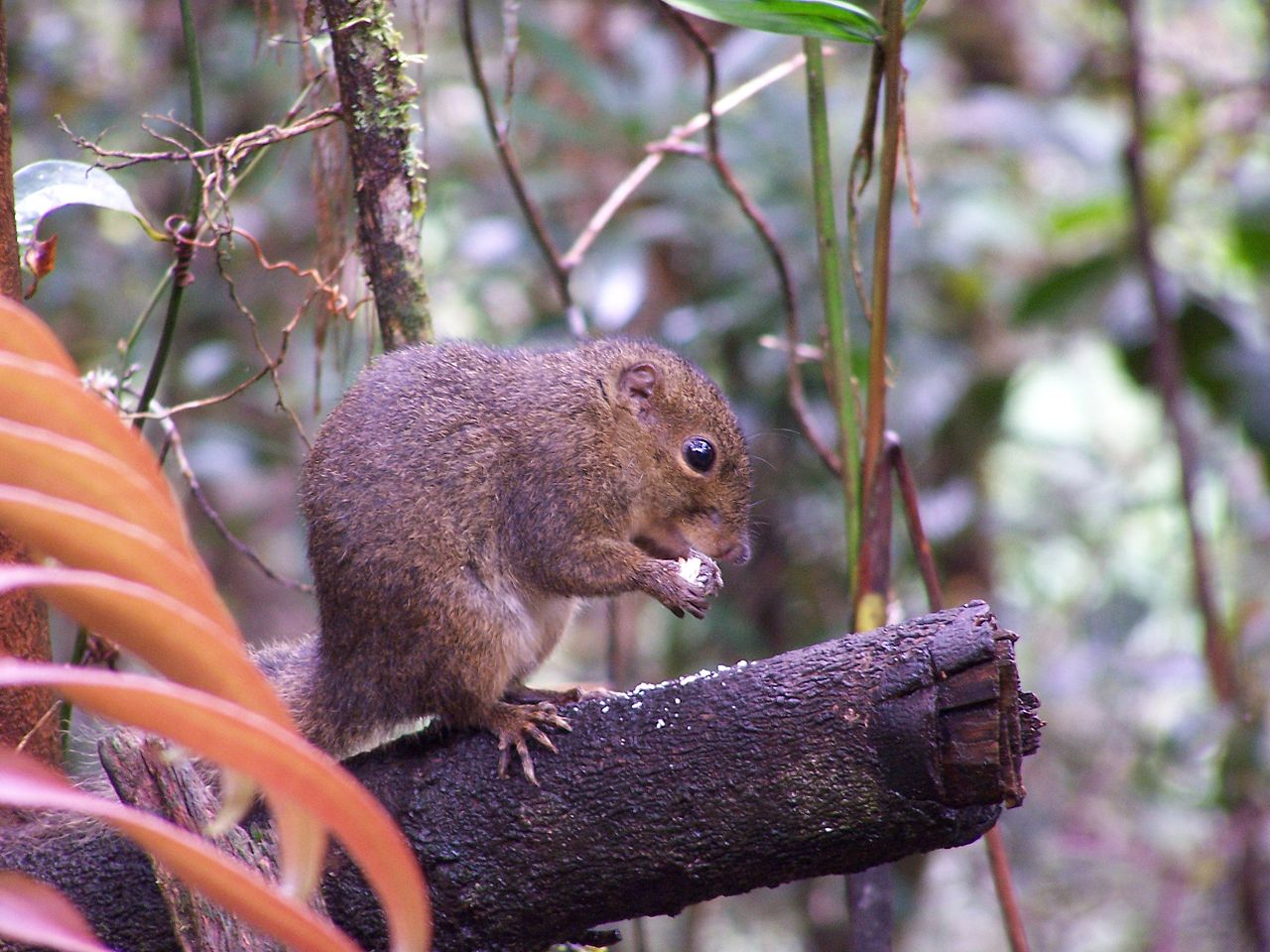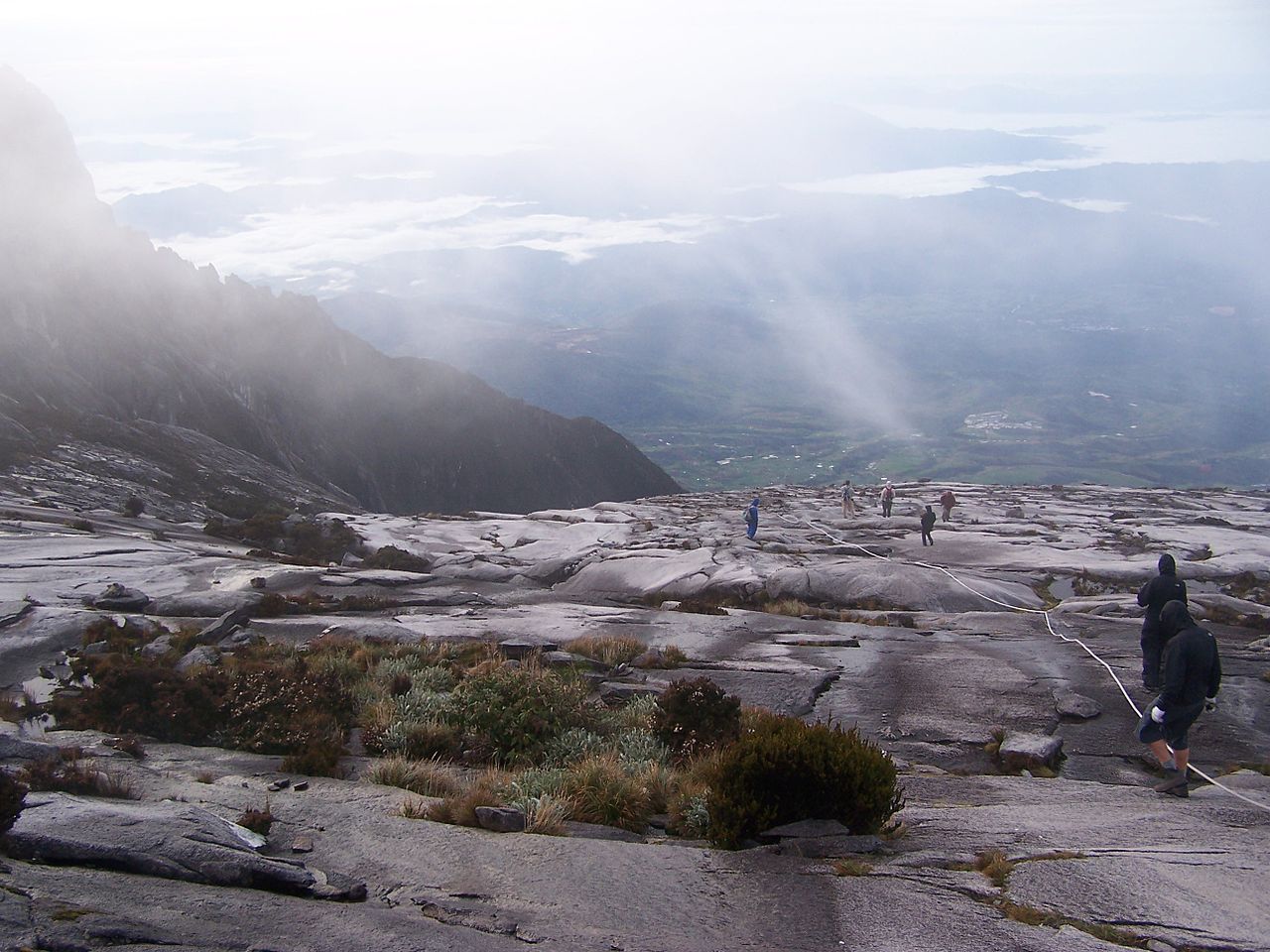
AsianOverland.net
Tour Guide - Itinerary
Asian Overland Sydney to London
Started 22/06/2022 Finished 21/06/2023365 Days ITINERARY
Day 43 date 03/08/2022RANAU to MOUNT KINABALU, SABAH, NORTH BORNEO
ASIANOVERLAND.NET SYDNEY TO LONDON DAY 43: RANAU TO MOUNT KINABALU, SABAH, NORTH BORNEO
The earliest human settlement in Sabah can be traced back to 40,000 years ago. Dusun is the collective name of the nation, tribe or ethnic and linguistic group in the Malaysian state of Sabah. They form the largest ethnic group in Sabah, and Bruneian Dusuns are directly related to the Dusun people of Sabah.
The Malaysian State of Sabah has a population of over 4 million, has an equatorial climate with tropical rainforests and abundant animal and plant species. The state has long mountain ranges on the west side which form part of the Crocker Range National Park. Kinabatangan River, the second longest river in Malaysia runs through Sabah, and Mount Kinabalu is the highest point of Sabah as well as Malaysia, with an elevation of 4,095 m.
Mount Kinabalu is known for its biodiversity, with plants of Himalayan, Australasian, and Indomalayan origin. A recent botanical survey estimated a staggering 5,000 to 6,000 plant species (excluding mosses and liverworts but including ferns), which is more than all of Europe and North America (excluding Mexico) combined. It is one of the world's most important biological sites, as well as one of the best walks. One reason for its rich diversity is that its great height provided refuge to cold-adapted species during the ice ages.
The plants include many species which are only found within Kinabalu Park. The orchids are the best example with over 800 species including some of the highly valued Paphiopedilum slipper orchids.
There are also over 600 species of ferns (more than the whole of Africa's 500 species) of which 50 are found nowhere else, and the richest Nepenthes pitcher plant collection in the world (five of the thirteen are found nowhere else on earth) which reach spectacular proportions (the largest pitcher in the world being the endemic Nepenthes rajah).
The parasitic Rafflesia plant, which has the largest single flower in the world, is also found in Kinabalu, particularly Rafflesia keithii, whose flower grows to 94 cm in diameter. You will need a guide to find a Rafflesia in the rainforest, like we did, as you are highly unlikely to find one yourself - their blooming period is very short.
The name "Kinabalu" is "Cina Balu" ("A Chinese Widow"). The Kadazan Dusun of Sabah pronunciation for the word "cina" (chee-na) has been changed to "Kina" (kee-na). In one legend, a dragon guarded a precious and magical jewel at the summit of the mountain and many Chinese soldiers perished while attempting to take treasure from the dragon, leaving many Chinese women as widows.
Another Kinabalu legend is of a Chinese prince who ascended the mountain, killed the dragon and seized the pearl. He married a local Kadazan woman, only to abandon her and return to China. Stricken with unbearable grief, the widow wandered mourned her loss and was turned to stone by the spirit of the mountain.
The climb up Mount Kinabalu starts in the lower tropical rainforests at the Timpohon Gate at an altitude of 1,866 m. The flora covers the mountain in zones of different types of habitat as you climb up, beginning with a lowland belt of fig trees, rainforest and carnivorous pitcher plants. It is a steep, direct ascent up a well-marked natural path.
Between 2,600 to 3,200 m is a habitat of short trees including conifers, dwarf shrubs, mosses, lichens, and ferns. Finally, many of the world's richest variety of orchids are growing on the high rockier slopes.
It is a steep climb, so stop and rest in the lower areas to watch the squirrels collecting nuts and taking them back home or hiding them – literally “squirrelling”.
You won’t need any encouragement to stop to watch the orchids on the higher slopes, as the orchids are a breathtaking sight.
There are no roads (like most of Borneo), so supplies for the Laban Rata Resthouse 2 km from the summit are carried by porters. If you get a porter to carry your backpack up to Laban Rata for the overnight sleep before the final walk to the summit to watch the sunrise, don’t forget to take your lunch out of your backpack first, or you will go without lunch until you’ve reached Laban Rata, which is already 80% of the way up to the summit.
The last 2 km from the Laban Rata Resthouse at 3,270 m to Low's Peak at 4,095 m for the sunrise view is on bare granite rock.
Mount Kinabalu can be climbed by a person in good physical condition and there is no need for mountaineering equipment on the main pathway. Climbers must be accompanied by accredited guides for the final Low's Peak climb.
The variety of plant life is also habitat for a great variety of birds and mammals. There are 326 species of birds in Kinabalu Park, including the spectacular rhinoceros hornbill, mountain serpent-eagle, Dulit frogmouth, eyebrowed jungle flycatcher, and bare-headed laughingthrush.
Mount Kinabalu is home to 100 mammal species mostly living high in the trees, including the orangutan, deer, Malayan weasel, oriental small-clawed otter and leopard cat.
© This work is copyright. Apart from any use permitted under the Copyright Act 1968, no part may be reproduced by any process, nor may any other exclusive right be exercised, without the permission of Peter Searle, peter@portseavillageresort.com; 1980-2024.
Website built by Justin O’Dea www.webdeveloperdocklands.com.au


